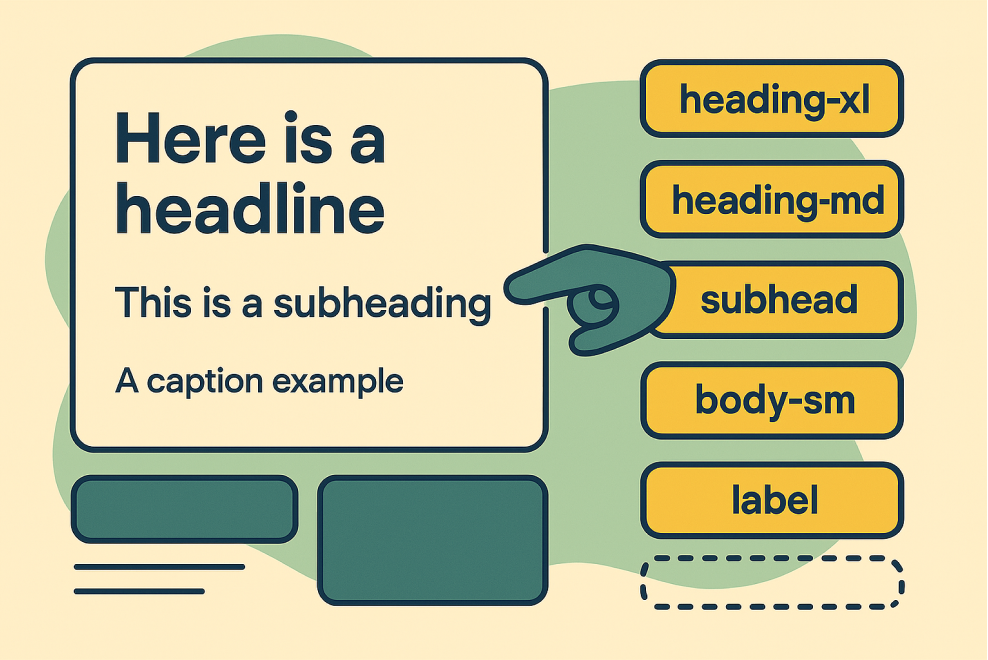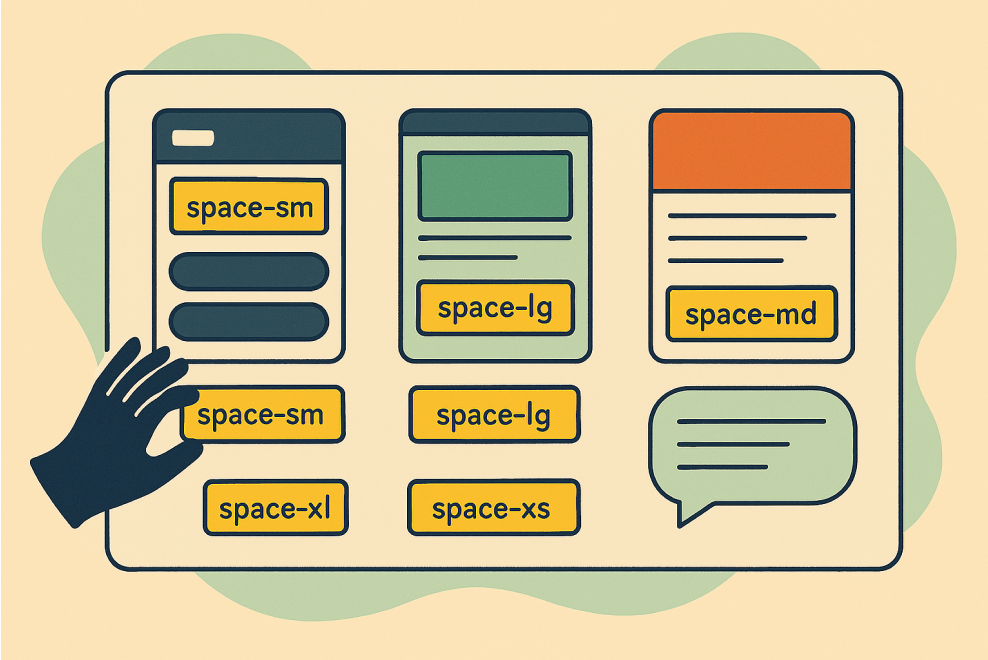Design System Tactics.
Whether you're starting fresh or maintaining a mature system, this growing collection of tactics is designed to help you make progress at every stage.
Choosing a Governance Model
Define the approach to managing contributions and decision-making for your design system. This will set the foundation for how the system will be maintained, who is responsible for what, and how the system evolves over time.
When to use it:
When creating or refining your design system, especially when introducing multiple contributors and ensuring a structured approach to maintenance.
Steps:
- Align on a governance model that works for your business e.g. —
- Cyclical model: A central team owns the system and makes decisions, while other teams contribute and align.
- Federated model: No central team; contributions and ownership are shared across teams.
- Define roles and responsibilities for contributors (e.g., who is responsible for tokens, components, guidelines).
- Document the model in a shared document for transparency and accountability, so everyone knows how the system is managed and who is responsible for what.
- Establish workflows for reviewing and approving contributions, as well as resolving conflicts.
- Revisit governance periodically to make sure it continues to support the system as it scales.
Outcome:
- Clear ownership and decision-making structure
- Smooth and consistent contributions to the system
- Reduced conflict around priorities and responsibility






























